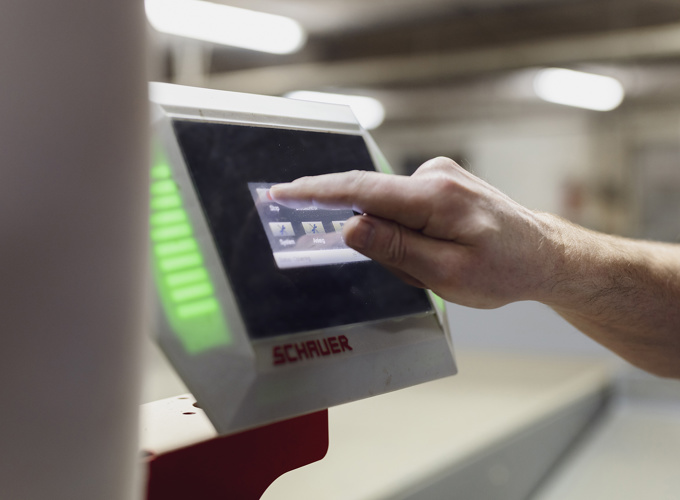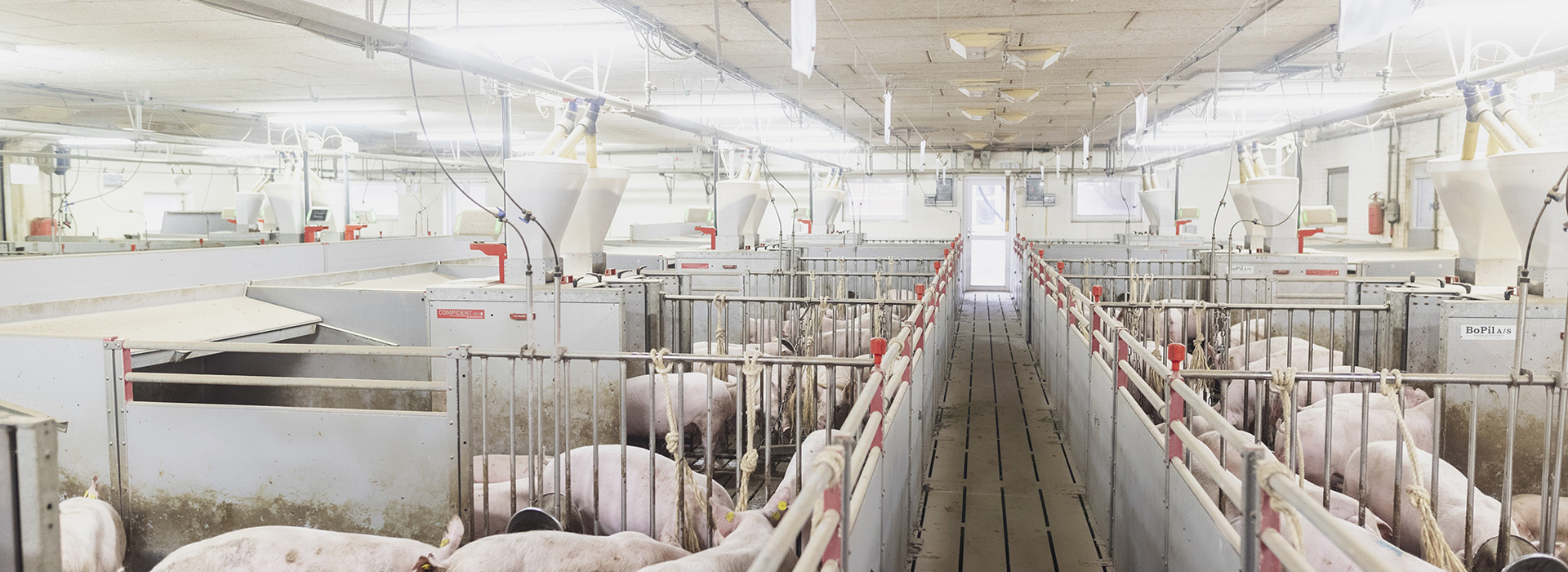More output for less input
Feed is the biggest expense in the production of a pig, and feed efficiency is therefore important when it comes to pig breeding and genetics. Instead of looking at feed consumption in general, it pays to look at feed utilization.
Saved feed is defined as the the proportion of feed intake that is not used for production of daily body weight gain and maintenance. In this process we monitor how a single animal's body weight gain and meat quality is affected by the feed intake.
Find the full breeding goal of Saved feed

Unique registration of the feed comsumption
At Danish Genetics we have a unique approach to register the feed intake of the individual pigs from a weight around 30 kg to slaughter, using 270 advanced computerized electronic feeding stations distributed across the different breeding herds. With this approach we collect three times the data we used to. These data enable us to be more precise in selection of the best breeding animals and increases the breeding gain within feed efficiency. This means better data quality, greater variation in collected data - and thus the opportunity for faster genetic progress.
By using saved feed in the development of the pigs, you achieve a financial saving because you will reduce the cost of feed, while at the same time getting more output for less input. It also reduces the climate footprint because fewer resources are needed for both the cultivation and transport of feed.










